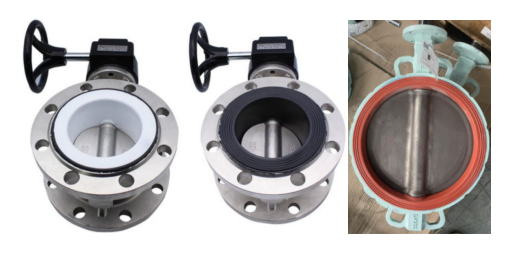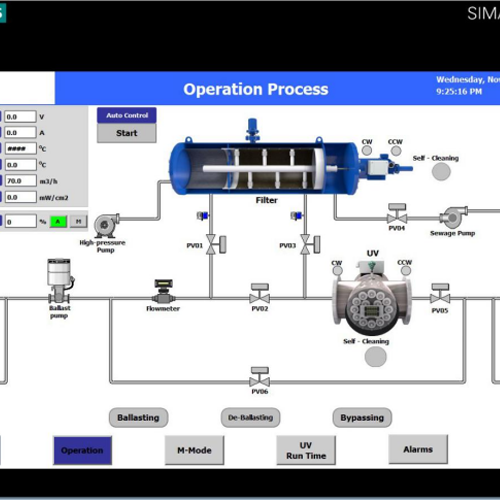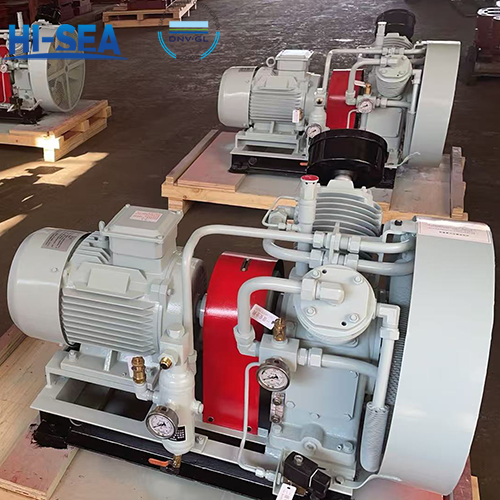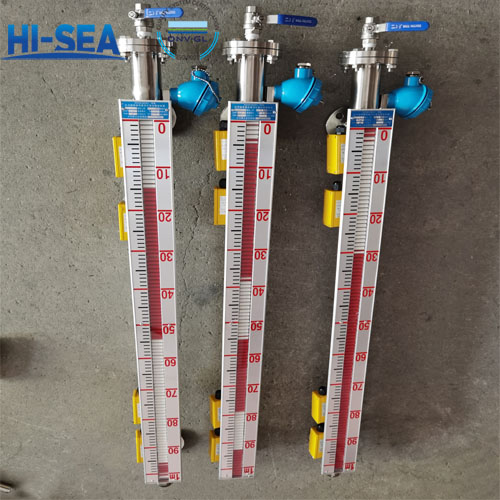
Marine Butterfly Valve - The Difference Between Elastic Seal and Metal Seal
The sealing types of Marine butterfly valve are mainly divided into elastic seal and metal seal, and there are some obvious differences in performance and application.
Overview
Features and Advantages:
The elastic seal ring has good flexibility and tightness, and can provide an effective seal over a certain temperature and pressure range.
Because the sealing material has a certain elasticity, it can compensate for small gaps caused by temperature changes or mechanical deformation.
Good sealing performance, can adapt to a certain degree of installation error and pipeline deformation, and has good corrosion resistance, suitable for a variety of media. For example, nitrile rubber seal ring is suitable for oil media, EPDM rubber seal ring has a good sealing effect on water and steam and other media.
Limitations and deficiencies:
Elastic seals are usually limited by temperature and may lose elasticity in high temperature environments, resulting in seal failure.
Compared to metal seals, elastic seals may have a shorter life, especially under harsh working conditions.

Metal Seal
Metal seal valves use metal to metal sealing surfaces, usually through precision machining and pairing to achieve sealing.
Features and Advantages:
Metal seal can withstand high temperature and pressure, suitable for some special conditions of high temperature and high pressure. For example, in the steam line or high temperature hot oil line of the ship, the metal seal butterfly valve can work reliably.
Metal seals usually have a longer service life, especially in high pressure and high temperature environments.
Metal seal valves are generally more difficult to seal completely than elastic seal valves, but once well sealed, they are more stable.
Limitations and Deficiencies:
Metal sealed valves are more demanding in terms of manufacturing and processing and therefore can be costly.
In certain media, such as corrosive media, metal seals may face corrosion problems.

When choosing the seal type of Marine butterfly valve, the following factors should be considered:
Operating temperature: If the operating temperature is high, a metal seal may be a better choice.
Medium properties: Consider the corrosion, viscosity and other properties of the medium, select suitable sealing materials.
Life requirements: For application scenarios that require long-term stable operation, metal seals may be more advantageous.
Cost considerations: Metal sealed valves are often costly and require trade-offs within the budget.
| Features | Metal Hard Seal Marine Butterfly Valve | Soft Seal Marine Butterfly Valve |
| Seal Material | Stainless steel, hard alloy and other metal materials | NBR, EPDM,PTFE etc. |
| Temperature resistance | High (up to 550°C or higher) | Low (usually ≤180°C, depending on rubber material) |
| Pressure Resistance | High (up to PN40 or higher) | Low to medium |
| Wear/scour resistance | Excellent | Ordinary |
| Corrosion resistance | Excellent (especially suitable for harsh media) | Good (depending on the compatibility of the medium with rubber) |
| Suitable Medium | High temperature steam, fuel oil, oil and gas, corrosive chemicals, seawater, etc | Water, air, low temperature and low pressure ordinary medium |
| Application | Ship steam system, boiler sewage, high temperature fuel oil pipeline, inert gas system | Ballast water, cooling water, bilge water, ventilation system |




